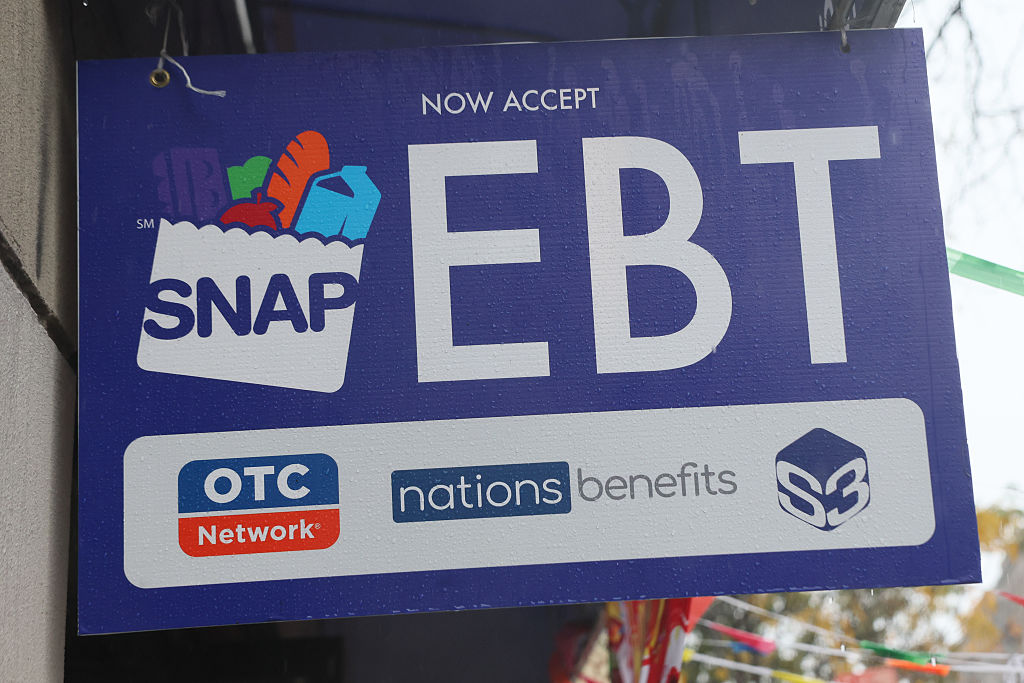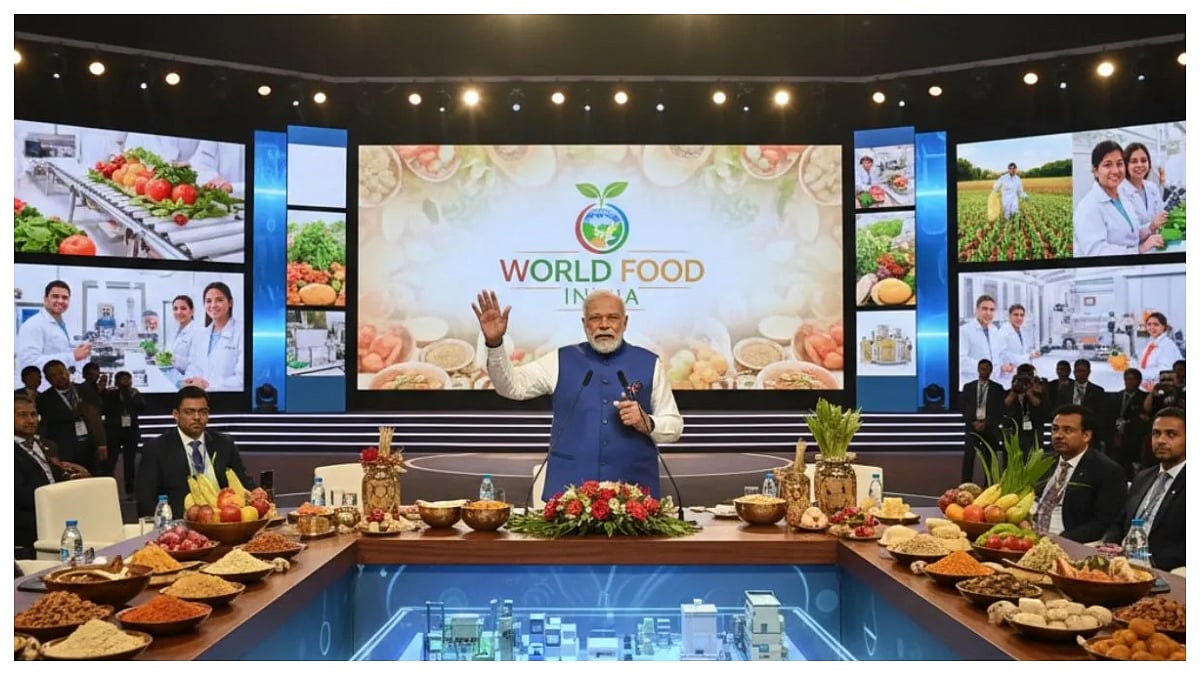Amid the ongoing government shutdown, one social safety net has come into sharp focus: the Supplemental Nutrition Assistance Program, better known as SNAP or its older name, “Food Stamps.” Run by the US Department of Agriculture, SNAP is meant to help low-income families “afford the nutritious food essential to health and well-being.” However, a closer look at what people can actually buy with SNAP raises questions about whether the program is truly helping families or making a deadly national health crisis worse.
### Faux Food
SNAP benefits let participants buy almost any food from the grocery store, including fruits and vegetables, meat and fish, dairy products, bread and cereals, snack foods and non-alcoholic beverages, and even seeds and plants to grow food at home. The list of available foods seems reasonable until one takes a closer look.
Because the categories are so broad, SNAP beneficiaries are able to buy oversized candy bars, gummy bears, jellybeans, and numerous other sugary snacks. If SNAP is supposed to promote “nutritious food,” it’s hard to see why a “Giant Hershey’s Cookies ‘n’ Crème Candy Bar” is an approved purchase under the program.
SNAP seems to promise taxpayers that their money will help low-income families buy nutritious food, but it also allows that money to be spent on unhealthy junk. To make matters worse, the program isn’t just enabling poor diet – it’s also likely contributing to a deadly health condition fueled by sugar: obesity.
### Obesity Epidemic
Classified by the Centers for Disease Control and Prevention (CDC) as a chronic disease, obesity is linked to a long list of life-threatening illnesses, including Type 2 diabetes, high blood pressure, heart disease, stroke, certain cancers, pregnancy complications, sexual dysfunction, and mental health disorders.
A study in the *American Journal of Public Health* found that nearly one in five deaths in the US from 1986 to 2006 were connected to being overweight or obese.
There is strong evidence linking SNAP participation to obesity. The CATO Institute reported:
“The USDA did release a study in 2015 showing that 40 percent of food stamp recipients were obese compared to 32 percent of low-income individuals not on food stamps. Both adults and children in food stamp families are more obese than other Americans.”
Another study from *The American Journal of Clinical Nutrition* showed:
“Among SNAP participants, 23.7% were overweight and 44.0% were obese. After adjustment for sociodemographic characteristics, the odds of obesity was 58% higher among SNAP participants than among nonparticipants.” …
“Household SNAP participation was positively associated with BMI, waist circumference, and metabolic risk factors among low-income adults. These associations may be mediated by dietary intake and warrant further investigation.”
To add fuel to the fire, adults with obesity also have medical costs that are about $2,505 higher each year than those with normal weight. The more severe the obesity, the higher the costs, reaching up to 233% more for the most serious cases.
Data from KFF, an organization dedicated to health policy research, polling, and journalism, shows that 78% of SNAP recipients in 2022 were also on Medicaid, including 18% covered by both Medicaid and Medicare. In other words, taxpayers are footing the bill twice: once for the unhealthy food, and again for the healthcare costs that follow.
### Something’s Gotta Give
SNAP’s current structure allows for potentially deadly nutritional outcomes, but it doesn’t have to be this way. A 2014 study found that “banning the purchase of sugar-sweetened beverages with SNAP dollars would lead to a reduction in obesity prevalence among SNAP participants of 0.9 percentage points in 10 years, which translates into approximately 422,000 fewer people suffering from obesity.”
No one wants to see American families go hungry. But when the system allows billions of taxpayer dollars to be spent on junk food, it may be doing more harm than good.
https://www.libertynation.com/snap-approved-food-contributes-to-obesity-epidemic/


